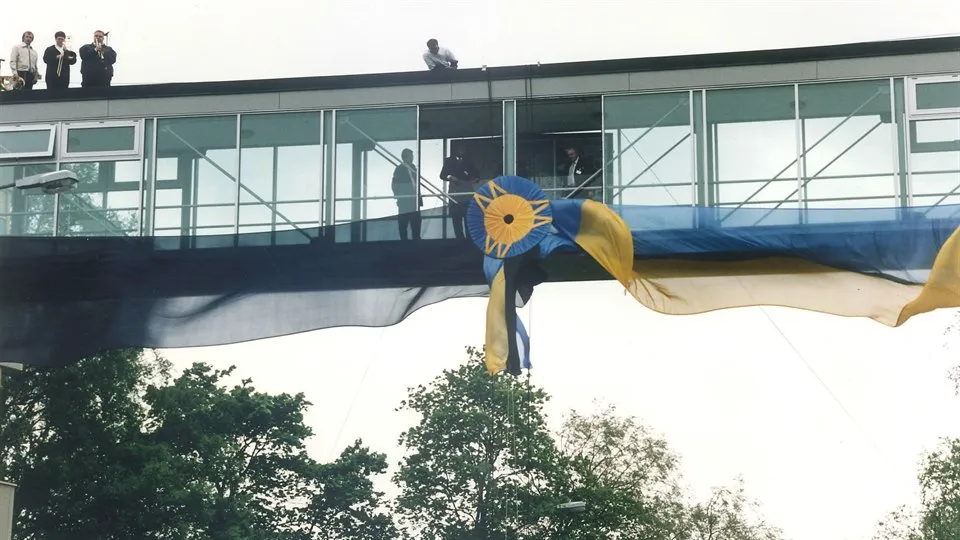FSCN is Started by Myat Htun | 1999 |
Forest, forest, forest. In Mid Sweden University region, there are plenty of forests. Therefore, it is logical that the hub of forest industrial research, FSCN, is located here. The research centre was founded in 1999.
The man behind FSCN, Fibre Science and Communication Network, is Myat Htun. He came to Sundsvall in 1996 as a docent of Paper Technology from KTH, the Royal Institute of Technology, and an employee at STFI (that is today known as Innventia). Myat was given the task to start up forest industrial research activities at Mid Sweden University College.
– I started by making an inventory of our resources and competences. Together with SCA, I also found out what research needs there were in the industry. We applied for and received money from the Knowledge Foundation, SCA, the Bo Rydin Foundation and the forest industries, and finally, we had SEK 96 million to be used during a six-year period to get the activities up and running, says Myat.
They got started – well and truly. Myat was promoted to Professor of Chemical Engineering and was made responsible for the programme. Four new professors were also appointed. When the six-year period was over in 2005 and Mid Sweden University College became a full university, the foundation of the centre was formalized and today, around 70 researchers are tied to its activities.
FSCN carries out world-leading research that improves the profitability of the forest industry. They also create new applications and business opportunities based on sustainable biomaterials from the forest. By finding new areas of application for wood fibre, the goal is to reduce the energy consumption and environmental influence of various industrial processes, while developing new products. The research is carried out in close collaboration with the forest industry and commercial and industrial life.
– Among other things, we are working on methods of harvesting and storing energy. There is a global demand for large surfaces that can store energy. By covering ordinary paper with new functional surfaces, it can be used in completely new areas, for example as solar cells and batteries. The result is really cheap energy that we will be able to benefit greatly from in the future, says Håkan, professor of Material Physics.
FSCN is a part of Mid Sweden University’s Knowledge Foundation environment and works in close proximity to the research centre STC, Sensible Things that Communicate.
